NSK bearing quality composition of the problem analysis solution
Analysis and Solutions for NSK Bearing Quality Composition Issues
Understanding the quality of NSK bearings is essential for ensuring their performance and longevity. Many customers mistakenly believe that the appearance of a bearing alone determines its quality, but this is not always the case. A high-quality NSK bearing should have a clean, bright surface, which reflects the material quality and proper manufacturing process. The use of appropriate steel, effective grinding techniques, and suitable cutting fluids all contribute to the overall quality of the bearing. Another common misconception is that the chamfer (the beveled edge) of a bearing indicates its quality. However, the color of the chamfer—whether black or shiny—primarily reflects the heat treatment process rather than the bearing's overall performance. A dark chamfer may suggest proper quenching, which enhances hardness, while a lighter chamfer might indicate incomplete processing. It's important to understand that the presence of a chamfer does not directly correlate with the bearing’s durability or efficiency. Additionally, some people assume that a single-piece cage is better than a two-piece one. While modern designs often use integrated cages for cost efficiency, they may not always provide superior performance compared to traditional two-piece cages, especially in high-stress applications. In general, the lifespan of an NSK bearing depends on three key factors: the quality of the bearing itself, the operating environment, and the installation method. Even the best bearings can fail if used improperly or in unsuitable conditions. It is normal for NSK bearings to experience issues during operation. What matters most is identifying the problem and taking appropriate corrective actions. For example, if a bearing becomes excessively hot during operation, it could signal problems such as poor lubrication, excessive friction, incorrect installation, or an overload condition. A properly functioning bearing should remain cool to the touch, with no unusual heat buildup. Similarly, abnormal noises from a bearing—such as loud rumbling, knocking, or irregular sounds—can indicate internal damage. This might be due to wear on the inner or outer raceways, improper lubrication, or damaged rolling elements. Regular inspection and maintenance are crucial for detecting these issues early. When disassembling a bearing, you can assess its condition by examining the raceway surfaces, the rollers, and the cage. Signs of fatigue, cracking, plastic deformation, or contamination can all point to specific failure modes. For instance, if the raceway shows signs of spalling (peeling), it could be due to excessive load, improper installation, or misalignment. Burned bearings often display a tempered blue or brown color, which is usually caused by insufficient lubrication or over-tightening. Plastic deformation occurs when a bearing is subjected to heavy static or impact loads, typically at low speeds. Cracks in the raceway or cage can result from tight fits, foreign objects, or housing deformation. Cage damage may also occur due to lack of lubrication, broken rolling elements, or misalignment. Finally, metal adhesion between the cage and rolling elements can happen if the bearing lacks lubrication or if the rolling elements become stuck in the cage. Severe wear on the raceway is often caused by contaminants entering the bearing or using the wrong type of lubricant. Proper maintenance, correct installation, and regular inspections are key to maximizing the life of NSK bearings. Understanding the causes of common failures helps users identify and resolve issues before they lead to more serious damage.
Related Bearing Knowledge:
- Methods for installing imported bearings
- Pre-installation checks for bearings
- How residual magnetism affects bearings
- Calculation methods for non-liquid lubricated bearings
Sealand is a trustworthy manufacturer of CNG Dispenser Mass Flow Meter, LNG Dispenser Mass Flow Meter, LPG Dispenser Mass Flow Meter, ATEX, CE & IECEx approved.
With its high accuracy, wide rangeability and reliable performance, Sealand meter has been applied in many kinds of industries during the last 8 years. Unlike others who only focus on the measurement of liquid at normal pressure & temperature, Sealand has conquered the difficulty in the measurement under severe conditions, such as high pressure, high viscosity, high & low temperature.
Take CNG (compressed natural gas) for example. As the saying goes, the meter can measure anything else if it can measure CNG. It is quite hard to measure gas under high pressure. The sensor must be able to bear high pressure; in this way, the thickness of flow tube must be increased, so the transmitter shall be more sensitive to detect the signal; however, Sealand made it. Sealand's first model is specially designed for CNG dispenser, and now thousands of this model are put into use on the market.
Here are the pictures of Sealand Mass Flow Meter in Dispenser for your reference.
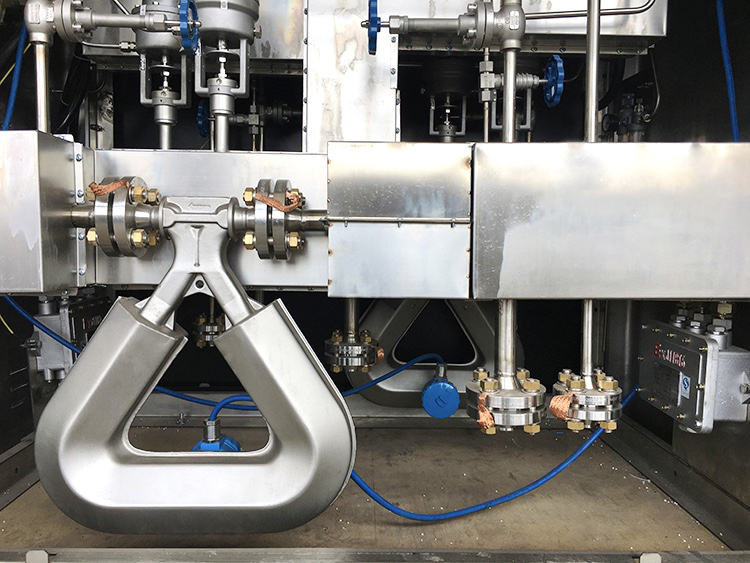

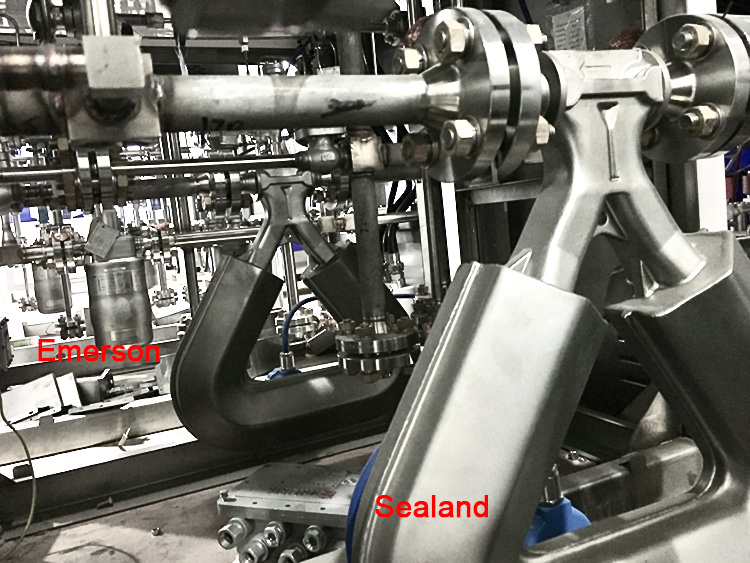

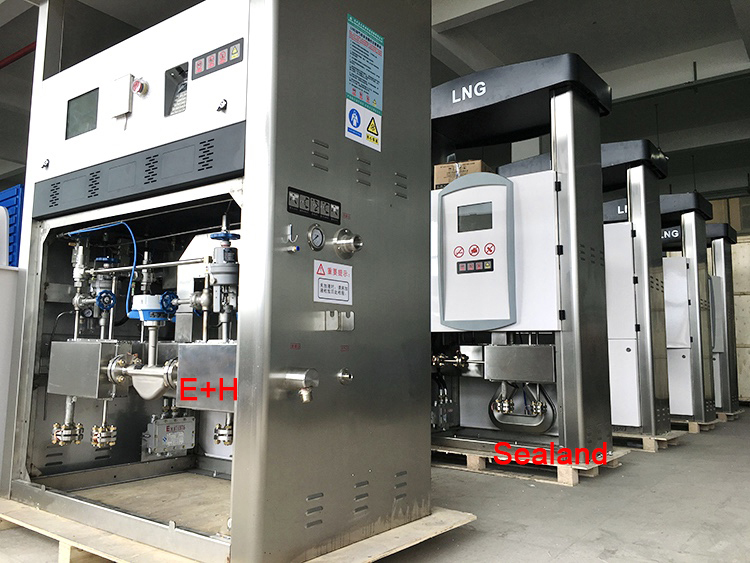
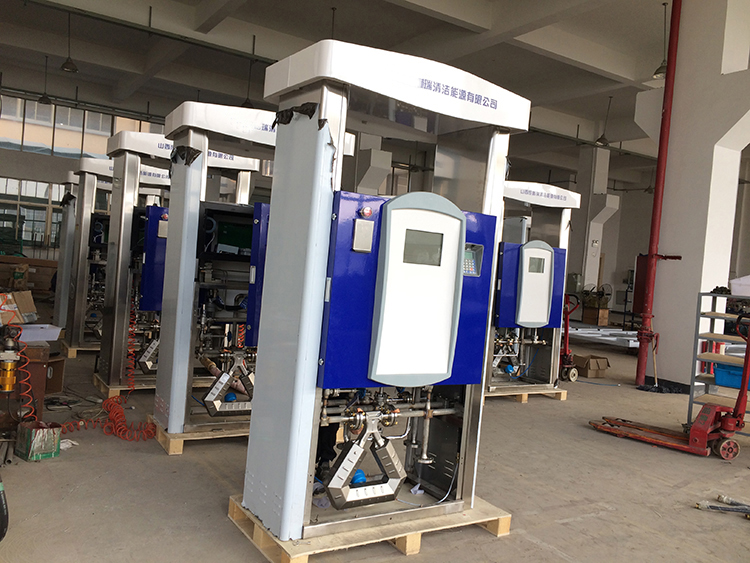
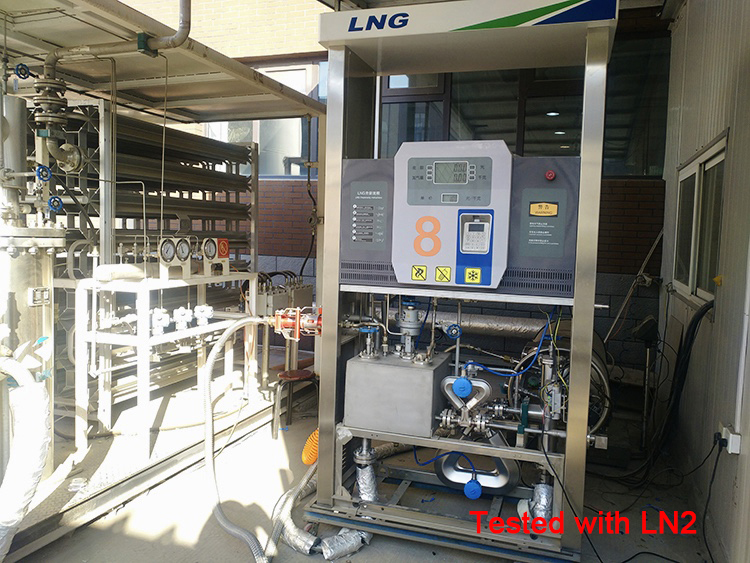
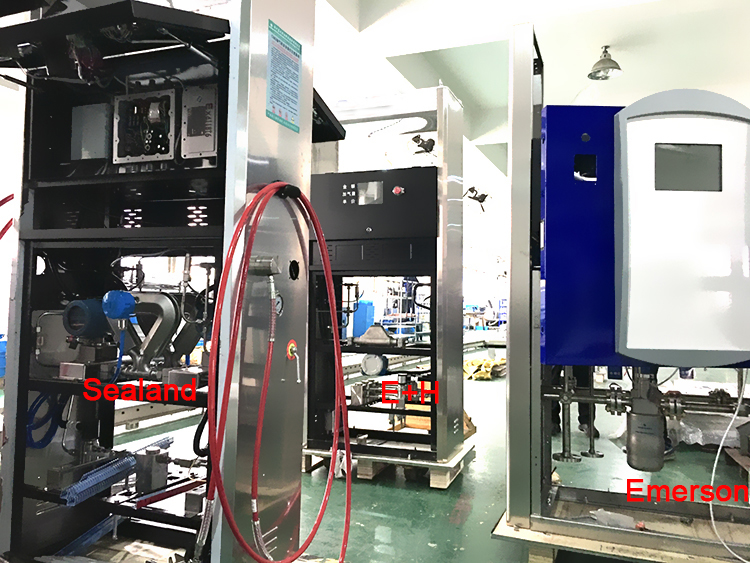
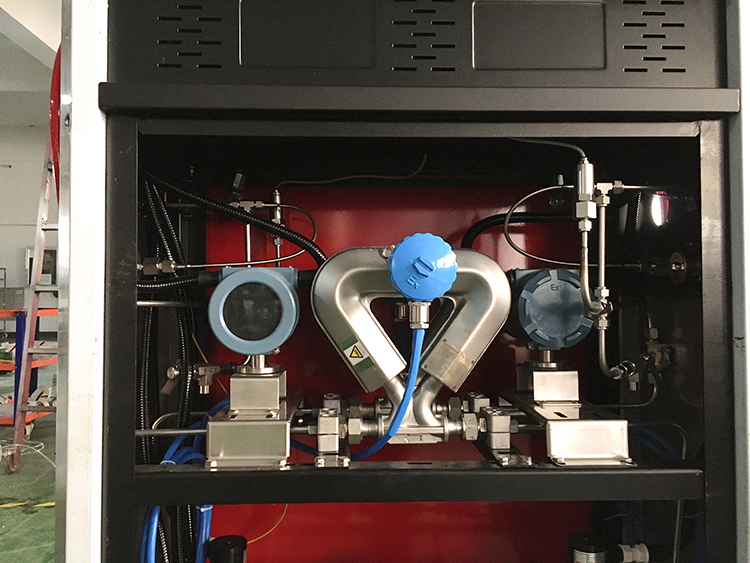
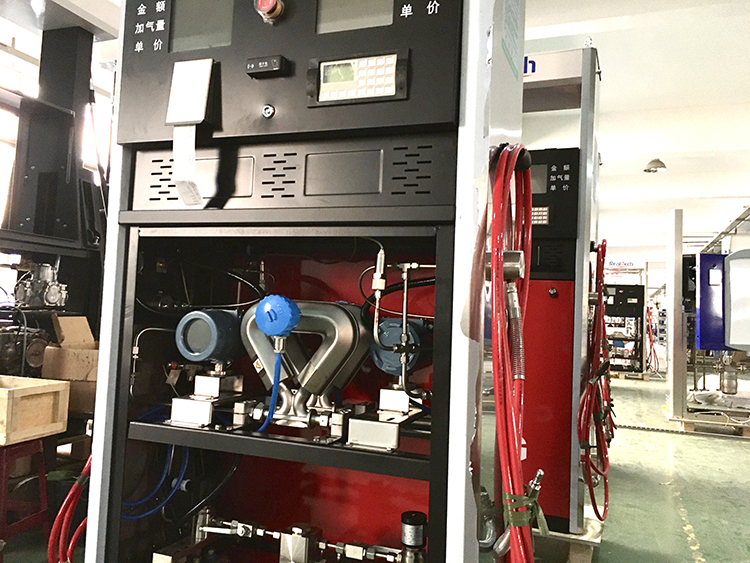
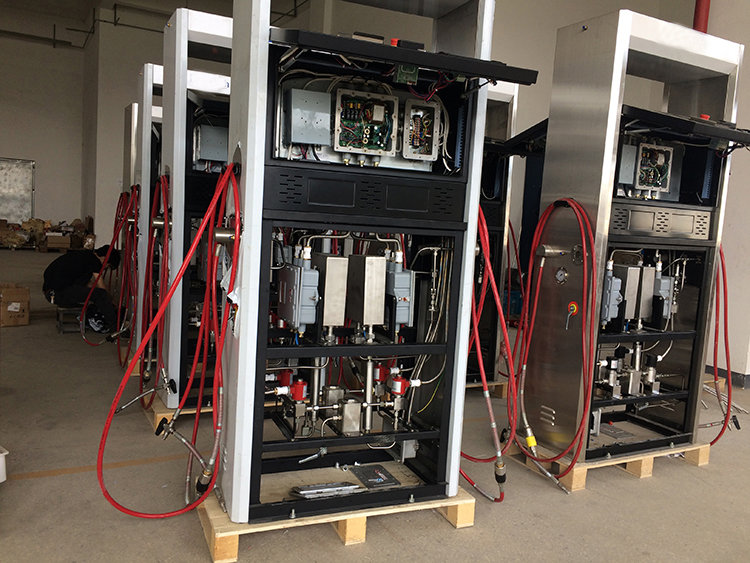
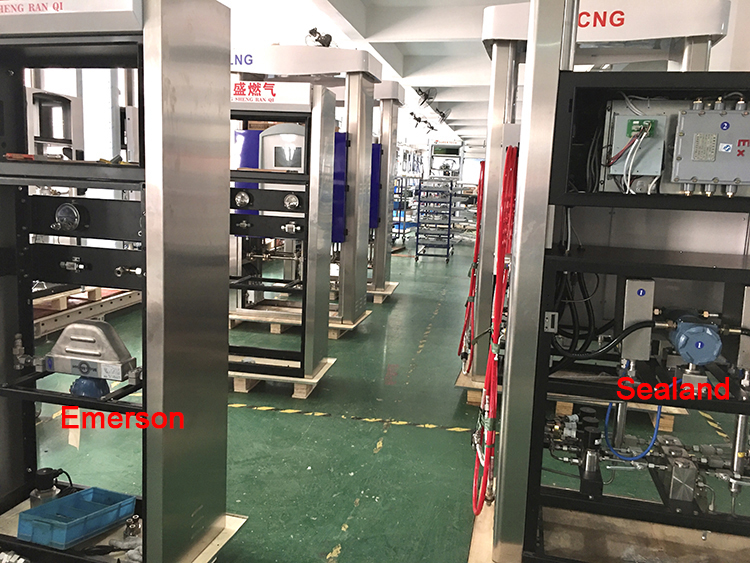
CNG Dispenser Mass Flow Meter, LNG Dispenser Mass Flow Meter, LPG Dispenser Mass Flow Meter
Zhejiang Sealand Technology Co., Ltd. , https://www.sealandflowmeter.com